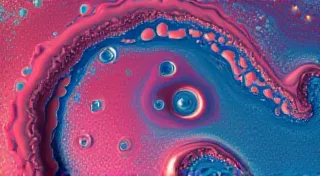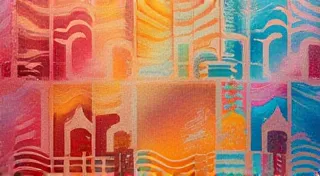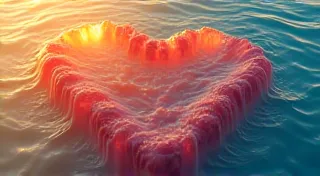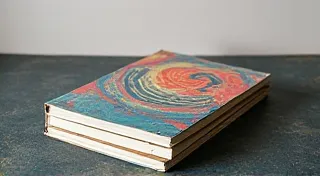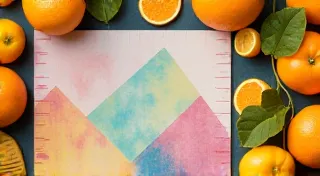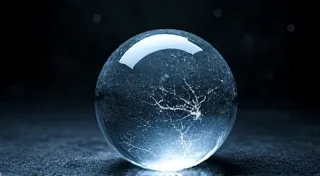Best Paper Types for Paper Marbling: Choosing the Right Surface
Paper marbling is a truly mesmerizing art form, offering a unique and beautiful way to create decorative paper. But achieving stunning results isn't just about the marbling process itself; the choice of paper plays a crucial role. Different papers react differently to the inks and sizing agents used, impacting the final design. This guide details the best paper types to use for paper marbling, and the results you can expect from each.
Why Paper Choice Matters in Paper Marbling
The key factor to understand is absorbency. Paper's ability to absorb the marbling colors (the inks or paints) and the pre-treatment (usually a sizing agent) dictates how the design spreads, blends, and ultimately appears. Highly absorbent papers create designs that spread rapidly, often resulting in softer edges and more diffused patterns. Less absorbent papers allow for more control and sharper definition in the design.
Top Paper Choices for Paper Marbling
1. Sizing and Absorbency: The Core Concept
Before diving into specific paper types, let's clarify 'sizing'. Sizing refers to the process of making paper less absorbent. Many commercially produced papers are already sized, which can be a hindrance in paper marbling. We usually need *unsized* or *lightly sized* paper. The sizing agent prepares the paper to receive the marbling colors evenly. You can buy pre-sized paper for marbling or size your own paper (details on sizing are beyond the scope of this article, but readily available online).
2. Cotton Rag Paper - The Gold Standard
Description: Cotton rag paper is widely considered the best option for paper marbling. Made from long-fiber cotton, it’s exceptionally absorbent and receptive to colors. It’s durable and produces vibrant, consistent results. It is often the most expensive.
Results: Expect beautifully diffused, flowing designs with excellent color saturation. The cotton fibers hold the color wonderfully, resulting in a luxurious feel and appearance.
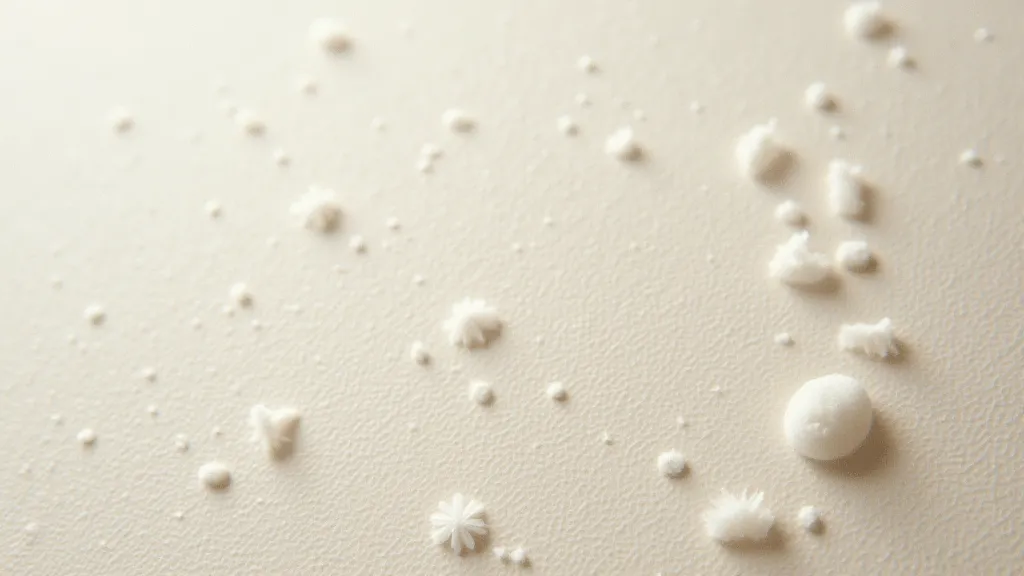
Cost: High
3. Watercolor Paper (Cold Press)
Description: Cold press watercolor paper is a great alternative if cotton rag is out of reach. It's absorbent, but the texture can impact the final design. Look for 100% cotton watercolor paper for the best results.
Results: The textured surface will create a more tactile design, with the colors often "settling" into the valleys of the paper. Expect slightly more muted colors compared to cotton rag.
Cost: Moderate
4. Printing Paper (Uncoated)
Description: Uncoated printing paper (often referred to as 'offset' paper) can be a surprisingly good option, especially for beginners. It’s readily available and relatively inexpensive. Ensure the paper is *uncoated* – coated papers won’t absorb the colors properly.
Results: Designs will tend to spread more rapidly than with cotton rag, and color saturation may be less intense. It’s a good choice for experimenting with different color combinations and techniques.

Cost: Low
5. Rice Paper (Japanese Paper)
Description: Japanese rice paper, also known as Washi paper, offers unique and beautiful results. It’s incredibly thin and can be somewhat fragile, so requires a gentle approach.
Results: The paper’s thinness allows for a delicate, almost translucent effect. Colors may bleed more readily. It’s excellent for creating unique and ethereal designs.
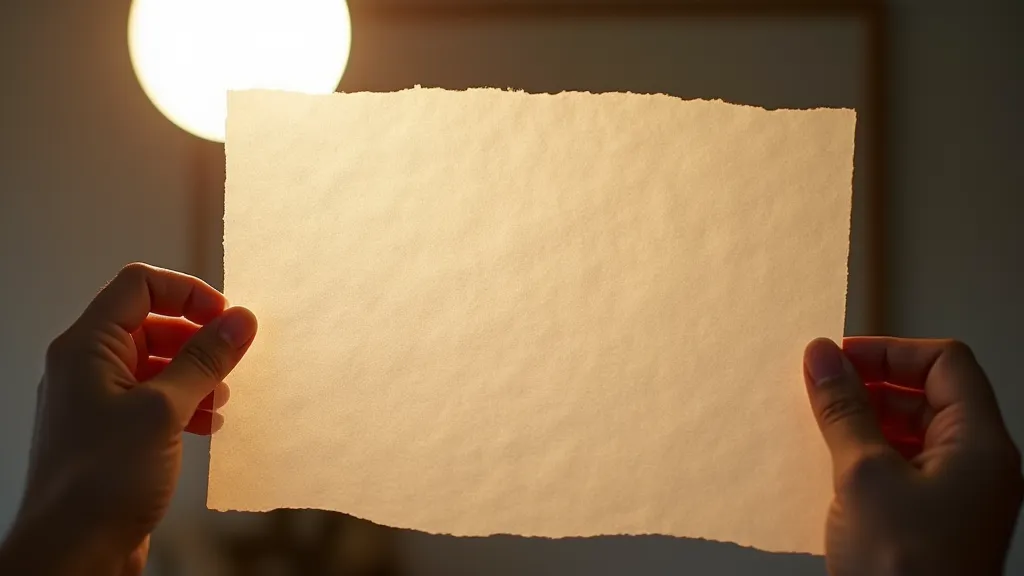
Cost: Moderate to High (depending on quality)
Experimentation is Key
Ultimately, the "best" paper type is subjective and depends on the specific look you’re trying to achieve. Don’t be afraid to experiment with different papers to discover what works best for your style and preferences. Keep a notebook to record your results – it will become a valuable resource as you refine your paper marbling techniques.
